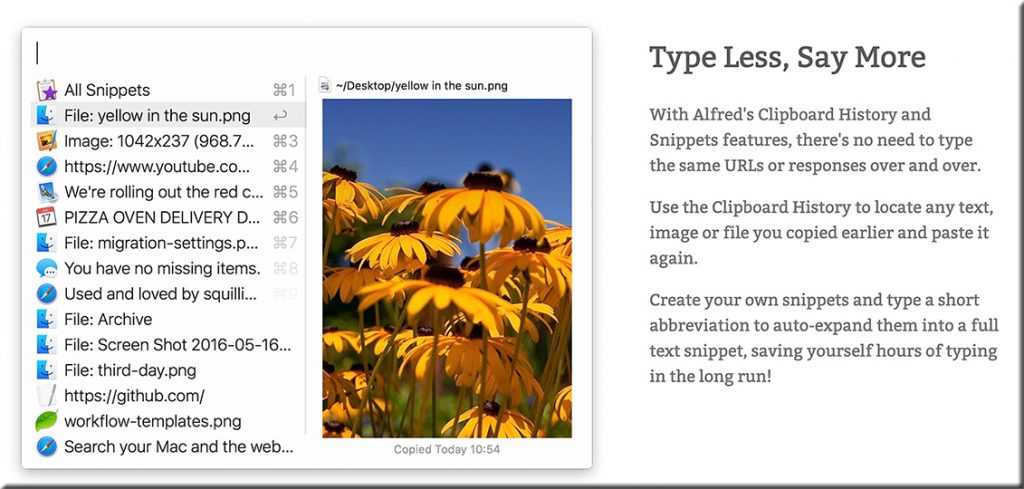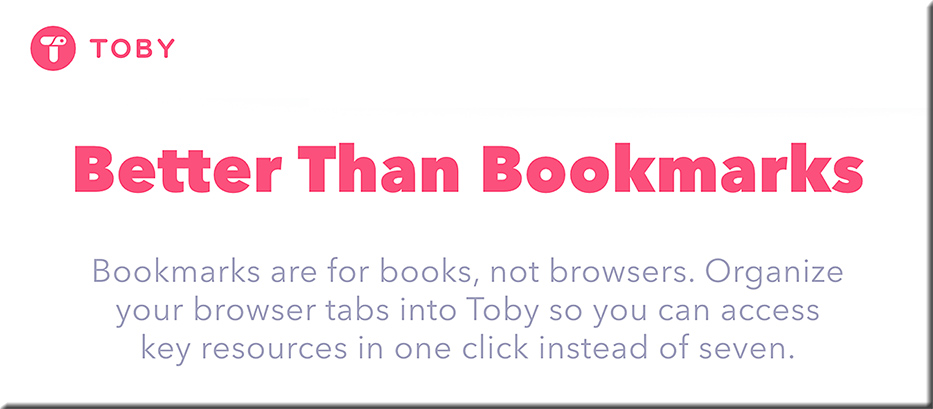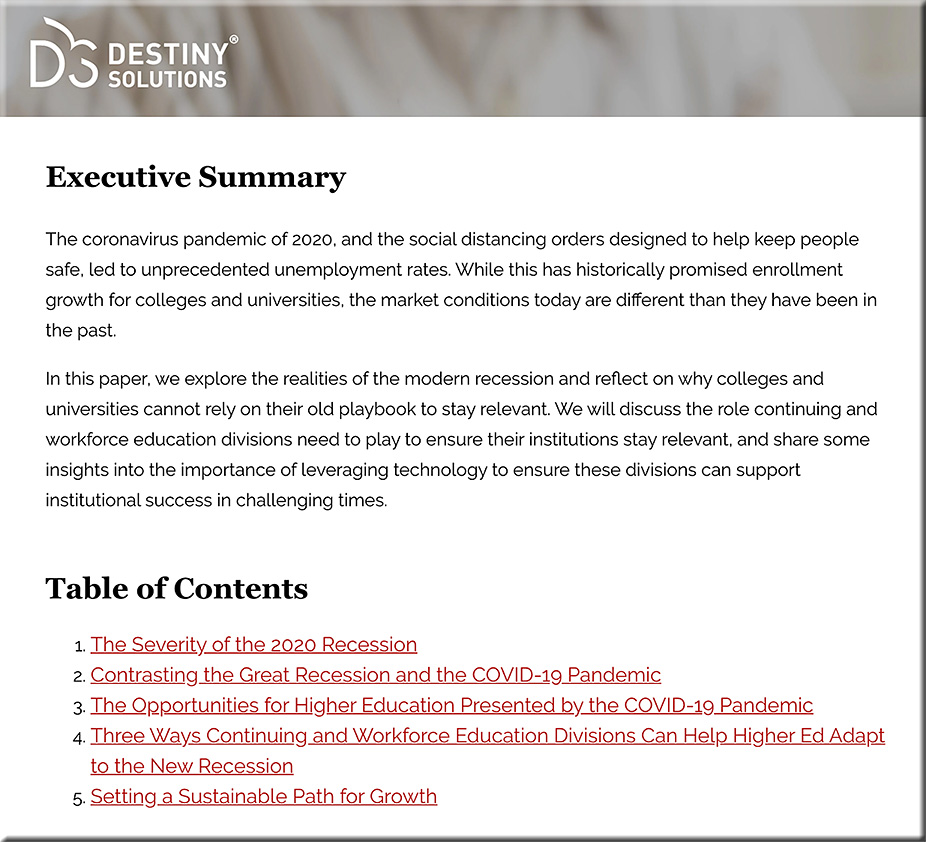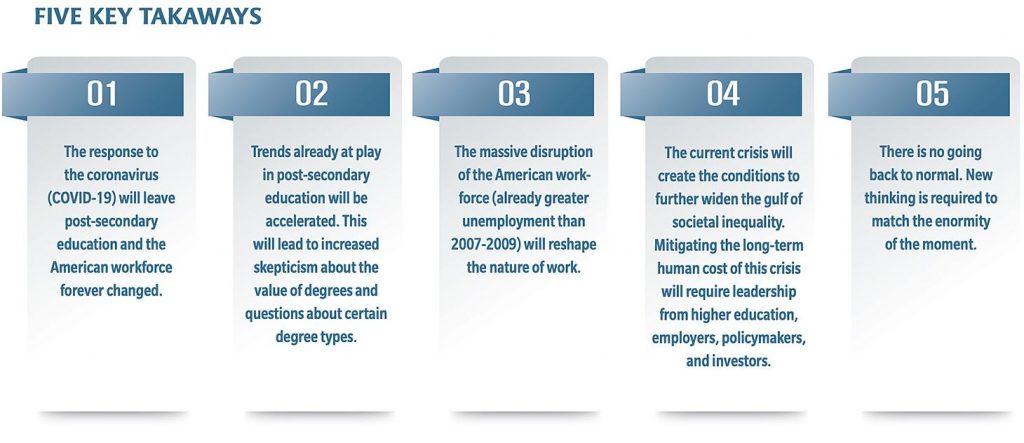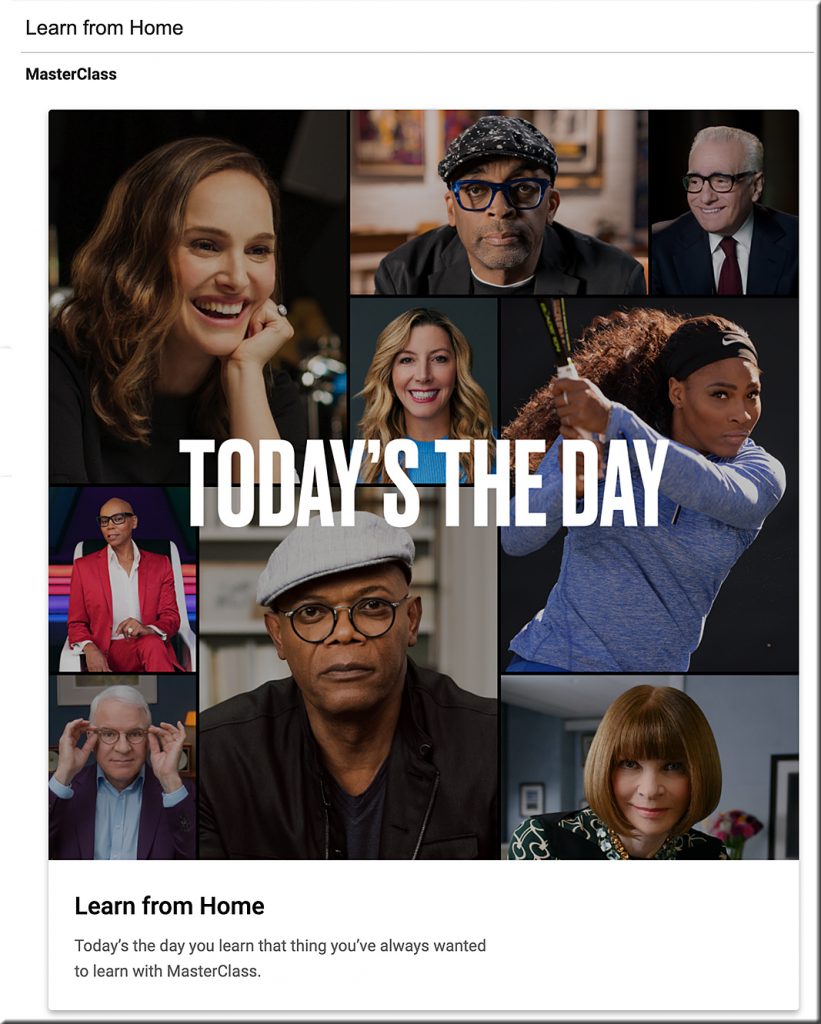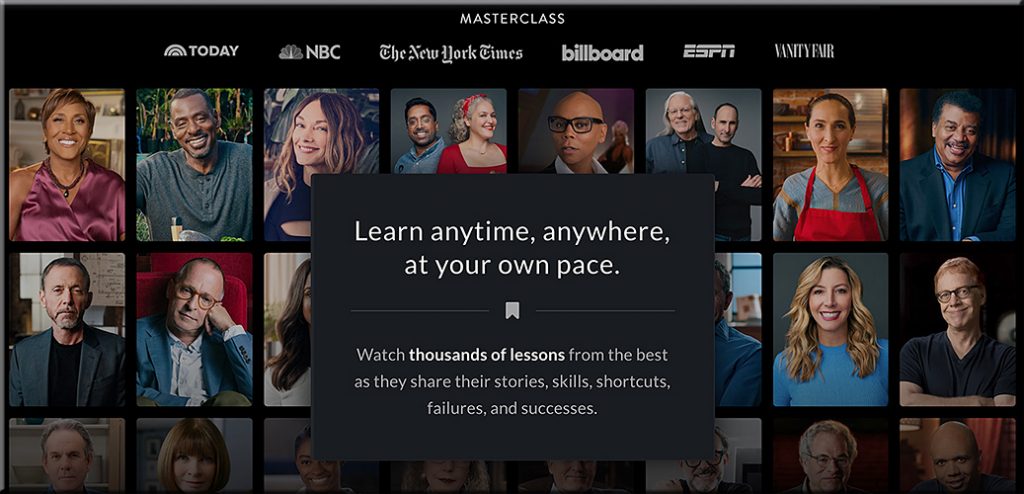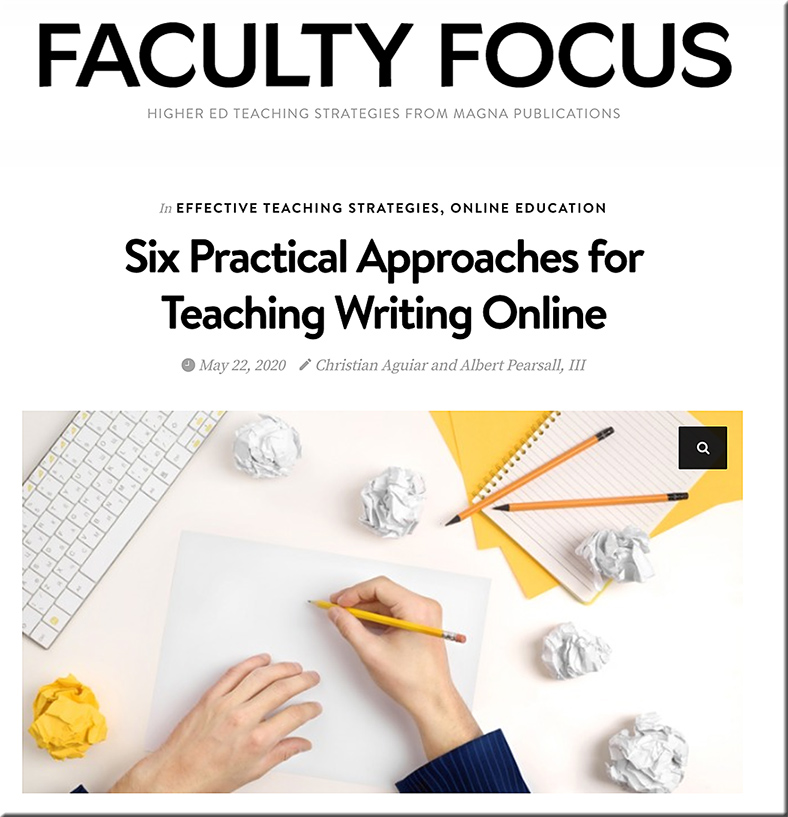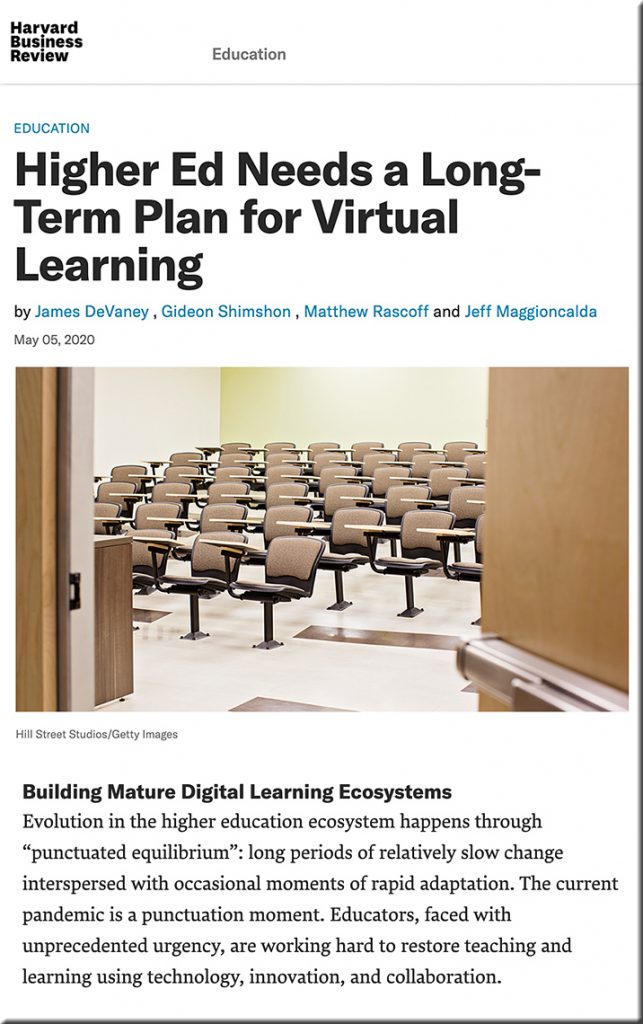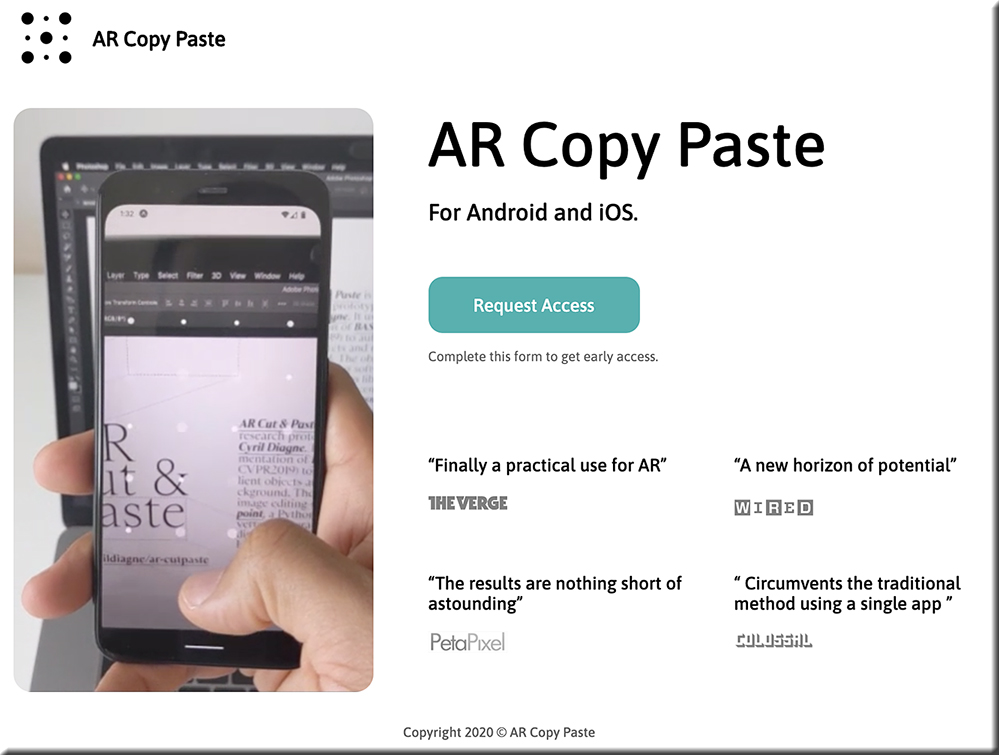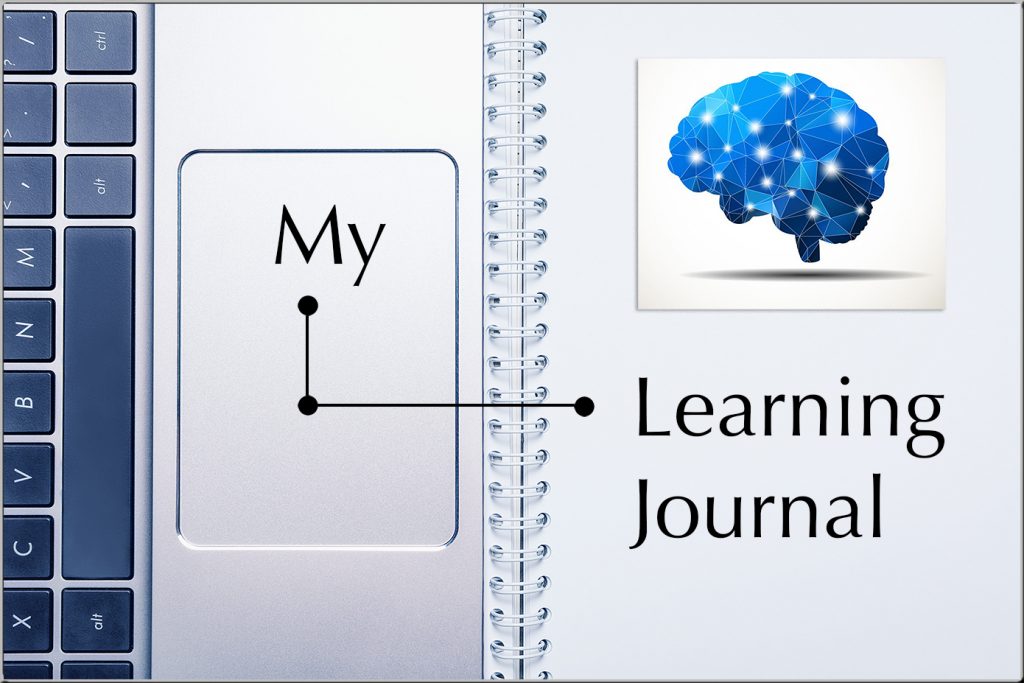The Post-Pandemic Outlook for Edtech — from edsurge.com by Rebecca Koenig
Excerpts:
For the edtech industry, the pandemic poses a paradox. Never before have schools and colleges so urgently needed digital tools and services to facilitate remote learning—and been less able to afford them.
…
Consumer edtech, then, may be where the market is hottest moving forward. And experts say a new key audience has emerged in the sector: parents. Many have been thrust—begrudgingly—into the role of homeschool teacher, and they’re looking for ways to keep kids on track academically that don’t require them to spend hours brushing up on fractions.
“The new audience for edtech companies, whether they sell directly to consumers or not, is the parent. That’s a major and permanent change,” he explains. “Whether it’s needed all the time or not, it needs to be built in.”
— Frank Catalano
Online Tutoring Services
It’s been a hot few years for companies that connect students with tutors who teach online. Between 2016 and 2019, online tutoring services raised more than $1.2 billion in venture capital.










